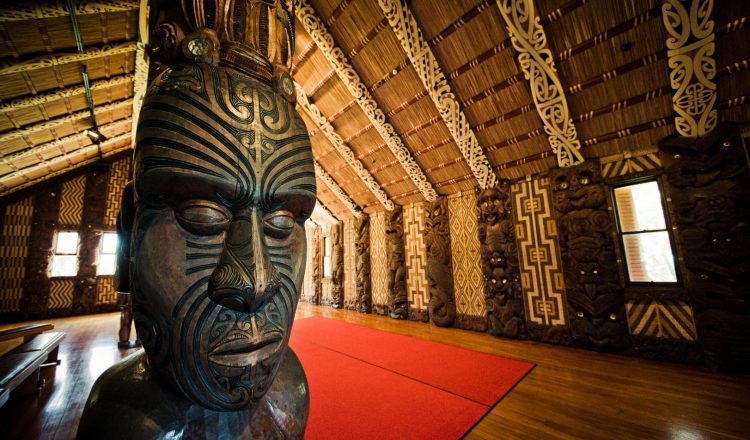ニュージーランド文化入門
ニュージーランドの人口は500万人弱ですが、世界的に見てもユニークで多様な文化を持っています。このように多様でダイナミックな文化が共存していると、人口間の摩擦があるのではないかと思われがちです。しかし、ニュージーランドの近代化に伴い、これは事実とは大きく異なることが判明しました。
ニュージーランドの人々
ニュージーランドは、その地理的な遠さから、地球上で人類が最後に居住した地域のひとつです。最初の入植者はポリネシア人で、1200年代後半に到着しました。彼らの伝統は、多様な自然資源を利用しながらニュージーランド諸島に広がり、独自のマオリ文化へと発展していきました。
次の入植者の波は、主に1800年代に世界中を旅して新天地にたどり着いたヨーロッパ人でした。マオリ族からはパーケハーと呼ばれることもあるこのヨーロッパ人たちは、現在、ニュージーランドの主要人口を占めています。ヨーロッパ人とマオリ人の間には違いや意見の相違がありましたが、時間の経過とともに良好な関係が築かれてきました。特に1948年にニュージーランドがイギリスから独立してからは、この2つの民族の文化が融合しています。
キーウィの文化
団結力のあるニュージーランド人、「キーウィ」は、政治や文化に対して柔軟性があり進歩的な考え方をすることで知られています。ニュージーランドは、1893年に女性の投票権を初めて認めた国であり、国内での公平性と包括性を優先する姿勢を示し続けています。しかし、ニュージーランドの人々はその公正さだけでなく、親しみやすさや現実主義でも知られています。開拓者である祖先から数世代しか経っていないキーウィの多くは、勤勉な姿勢と他人を助けようとする意志を持ち続けており、それはニュージーランドの人々が現代に至っても変わっていません。
ニュージーランドはマオリやヨーロッパだけではなく、様々な文化のるつぼとなっています。近年、ニュージーランドではアジア系の人口が大幅に増加しています。これらのアジア系ニュージーランド人の多くは、ニュージーランドの既存の文化、特にマオリの影響を受けた文化に多くの共通点を見出しています。年長者を大切にすること、見知らぬ人を歓迎すること、そして一部の東南アジア人にしてみれば、伝統的なダンスでさえも故郷を思い起こさせるものがあります。
このオープンで多様なキーウィの文化を成功させるための重要な要素は、共有です。ダンスや彫刻、文学などの芸術を共有し、価値観を共有し、さらには言語を共有すること。キーウィは、ニュージーランドの国歌である「God Defend New Zealand(神よ、ニュージーランドを守りたまえ)」でこれを例に示しています。この歌は英語とマオリ語の両方で歌われ、国民の一体感を表しています。

















































